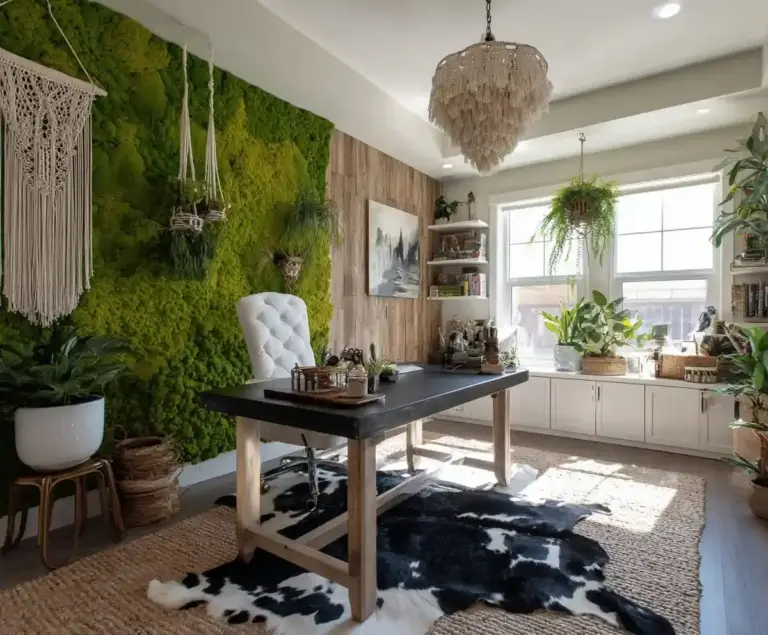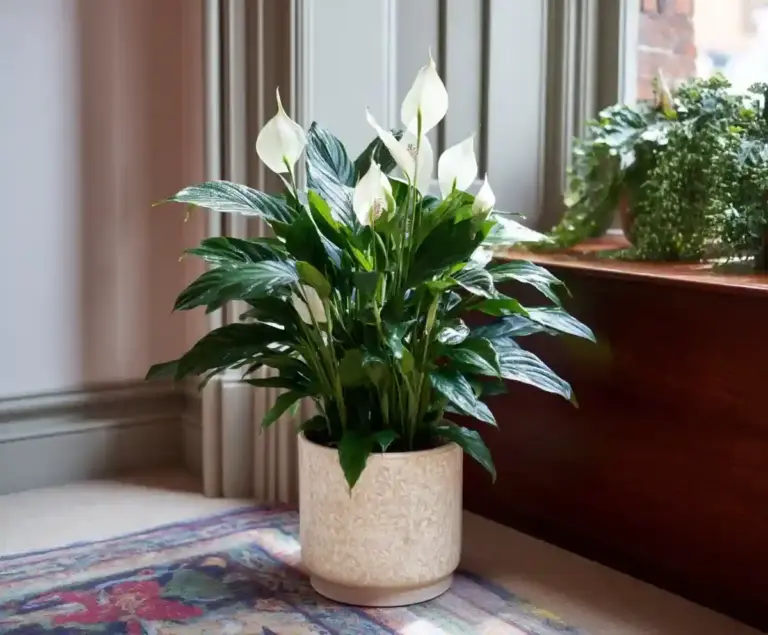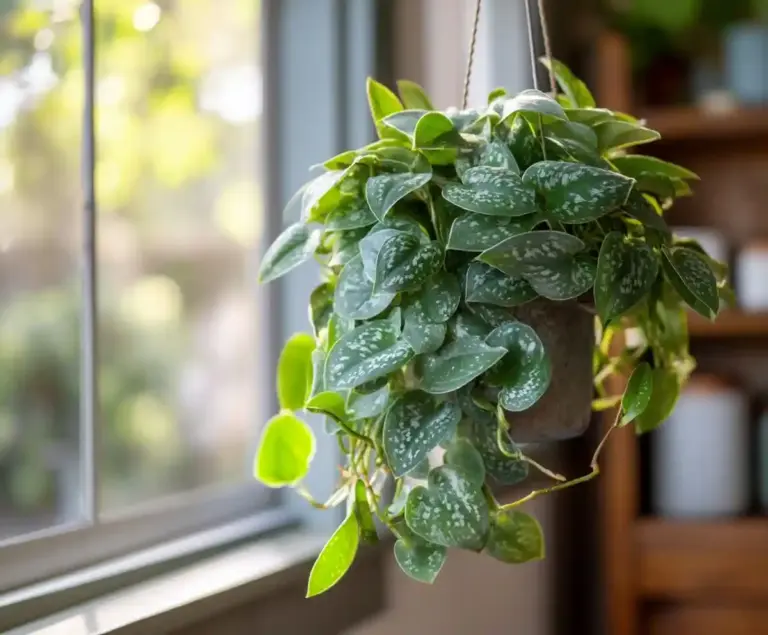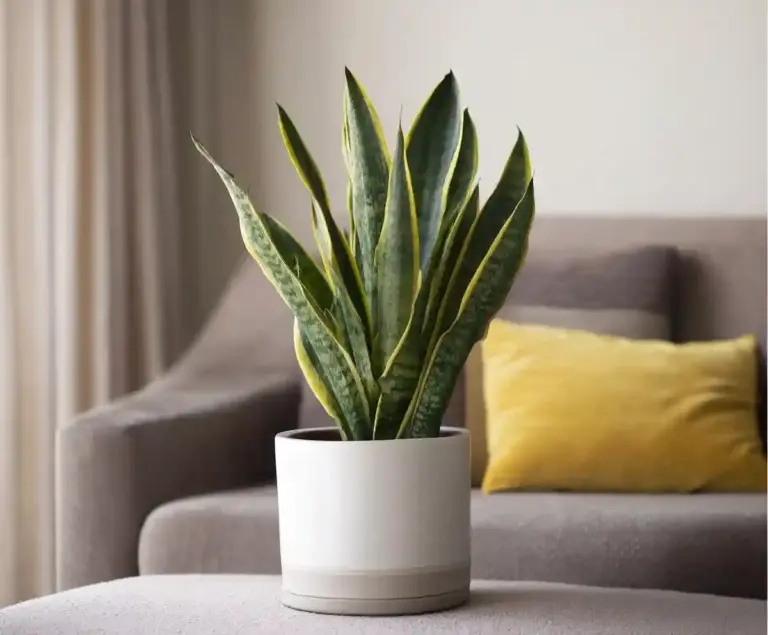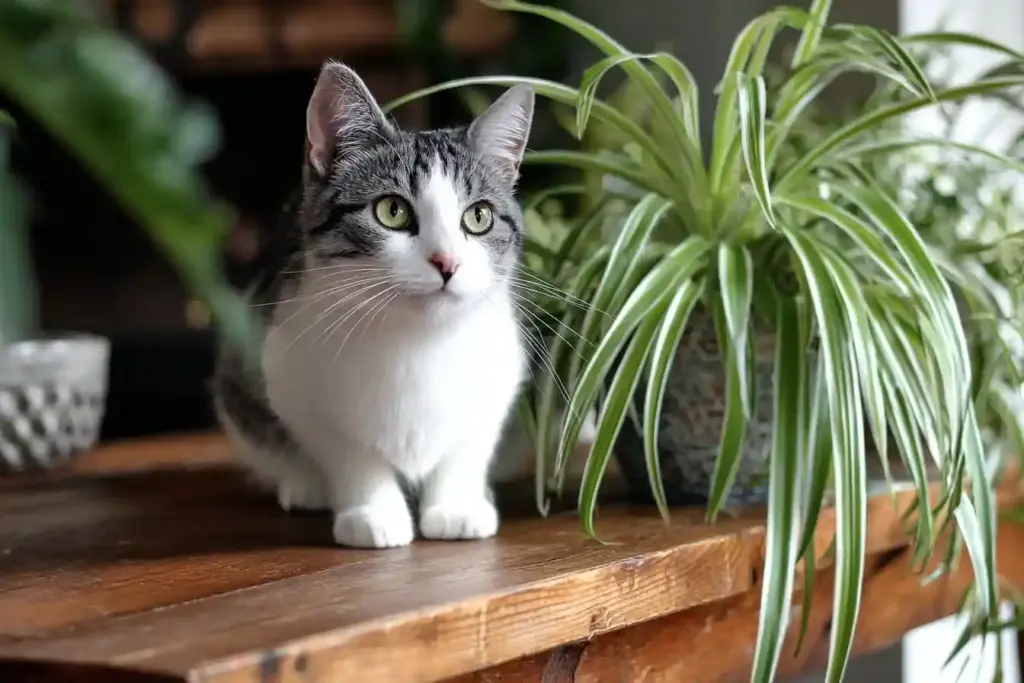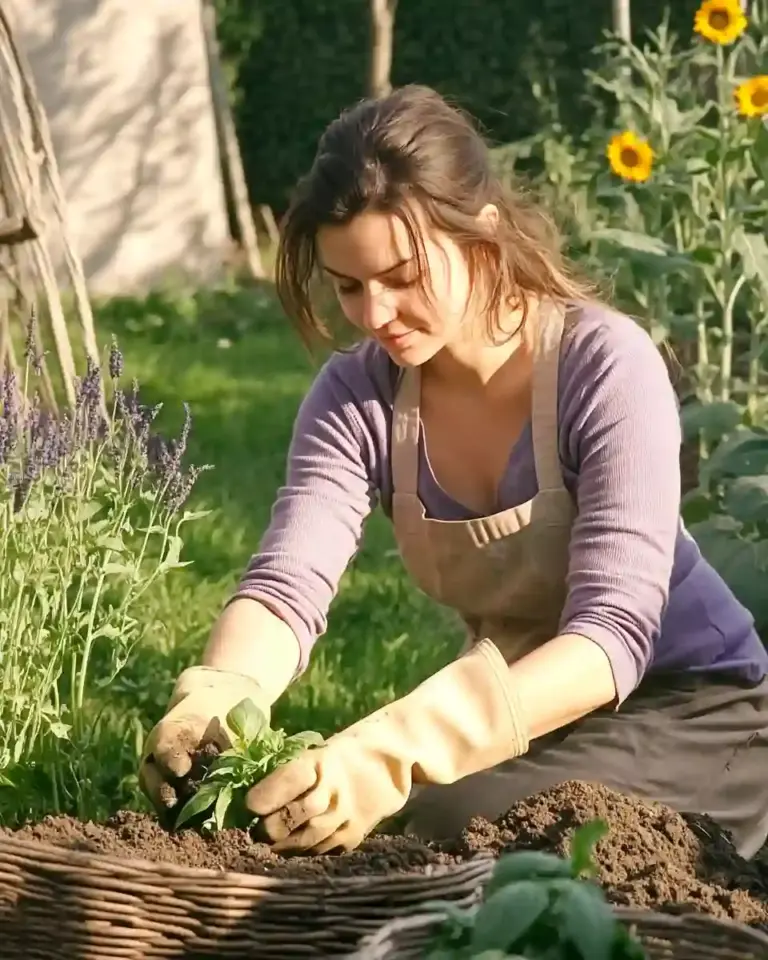Spider Plants are among the most common houseplants, loved for their cascading leaves and low-maintenance nature. If you share your home with a cat, you may wonder whether these trailing greens pose any danger to your pet. Many cat owners worry about the safety of indoor plants, since some varieties can cause serious health problems. The good news is that spider plants are not considered toxic to cats, but that doesn’t mean they’re entirely risk-free. Understanding how they affect cats—and how to keep both your plant and your furry friend safe—will help you create a pet-friendly indoor garden.
Table of Contents
Are Spider Plants Toxic to Cats?
According to the ASPCA, spider plants are non-toxic to cats, which means they won’t cause poisoning if your feline decides to take a nibble. This is reassuring for pet parents who love filling their homes with greenery. However, “non-toxic” doesn’t always mean harmless. While spider plants won’t damage a cat’s organs, eating too much of the foliage can still lead to mild stomach upset.
Some cats may vomit or show signs of discomfort after chewing on the leaves. These symptoms usually pass quickly, but it’s a good idea to keep the plant out of easy reach. That way, you can enjoy the beauty of your spider plant without worrying about your cat overindulging.
What Happens When a Cat Eats a Spider Plant?
When a cat chews on spider plant leaves, the outcome is usually mild but worth monitoring. Small bites rarely cause problems, but larger amounts can irritate a cat’s stomach. The most common reactions include:
- Vomiting or retching after chewing the leaves
- Mild diarrhea in sensitive cats
- Drooling due to the taste or leaf texture
These symptoms don’t typically last long, but repeated grazing can become uncomfortable for your pet. Because cats’ digestive systems aren’t built for eating houseplants, even safe varieties can upset their stomachs when eaten in excess.
If your cat eats spider plant leaves regularly, it may develop a habit that puts your other houseplants at risk, including those that might not be safe. Keeping an eye on their behavior will help you prevent more serious issues.
Why Do Cats Like Spider Plants?
Cats are naturally drawn to spider plants for a few reasons. First, the long, arching leaves look and move a lot like dangling toys, making them irresistible for batting and chewing. When the plant produces offshoots, they sway in the air like a string, encouraging playful pounces.
Another reason is that many cats enjoy nibbling on greenery. Indoor cats, in particular, may chew spider plant leaves as a substitute for grass, which they would normally encounter outdoors. This grazing behavior helps some cats with digestion or satisfies a simple urge for texture and taste.
Because of this combination of playfulness and curiosity, it’s no surprise that spider plants often become a feline favorite—even if you’d prefer your cat to leave them alone.
How to Prevent Your Cat From Eating Your Spider Plant

Keeping your cat away from spider plants can be challenging, but there are several effective strategies you can try:
- Use hanging planters – Place spider plants in ceiling-hung baskets or wall-mounted holders where curious paws can’t reach.
- Keep plants out of reach – Avoid setting them near shelves or furniture that your cat can climb onto.
- Offer distractions – Provide toys, scratching posts, or play structures with dangling elements to satisfy your cat’s playful instincts.
- Grow cat-friendly greens – Cat grass or catnip can redirect your pet’s nibbling habit toward something safe and appealing.
Consistency is key. By making the spider plant less accessible and offering more attractive alternatives, you’ll protect both your greenery and your cat’s health.
Best Plants for Cats to Nibble
If your cat seems determined to chew on plants, it’s best to provide safe, cat-friendly options. These alternatives are not only harmless but can also satisfy your pet’s craving for greens:
- Cat grass – A mix of wheat, barley, and oat grasses that grows quickly indoors and is gentle on a cat’s stomach.
- Catnip (Nepeta cataria) – Famous for its stimulating effects, this herb is safe for nibbling and provides enrichment.
- Valerian (Valeriana officinalis) – Another herb cats may enjoy, offering both chewing material and calming benefits.
- Mint varieties (non-toxic types only) – Some mild mints are safe, though always double-check before planting.
By keeping a pot of these cat-friendly plants around, you’ll give your feline a safe outlet for chewing and reduce the temptation to attack your spider plant.
Other Houseplants That Are Safe for Cats
If you want to expand your indoor garden beyond spider plants, there are plenty of other houseplants that won’t harm your feline friend. These options add beauty to your space while keeping your cat safe:
- African violets (Saintpaulia) – Compact flowering plants with vibrant purple blooms.
- Boston ferns (Nephrolepis) – Lush greenery that thrives in humid rooms.
- Chinese money plant (Pilea peperomioides) – Known for its round, coin-like leaves.
- Haworthia (Haworthia spp.) – A small succulent that’s easy to care for.
- Prayer plant (Maranta leuconeura) – Recognized for its patterned foliage that folds at night.
- Orchids (Orchidaceae) – Elegant flowers that come in a wide variety of colors.
- Bromeliads (Bromeliaceae) – Tropical plants with bold foliage and striking blooms.
Adding these plants alongside your spider plants will create a safe, vibrant indoor jungle your cat can live in comfortably
Plants That Are Toxic to Cats
While spider plants are safe, many popular houseplants can be dangerous for cats. Knowing which ones to avoid is essential for a pet-friendly home. Toxic plants may cause vomiting, drooling, lethargy, or even severe poisoning. Keep the following away from your feline companion:
- Aloe vera (Aloe barbadensis miller)
- Alocasia (Elephant’s Ear)
- Pothos (Epipremnum aureum)
- Snake plant (Dracaena trifasciata)
- Sago palm (Cycas revoluta)
- English ivy (Hedera helix)
- Tulips (Tulipa spp.)
- Daffodils (Narcissus spp.)
- Poinsettia (Euphorbia pulcherrima)
If you suspect your cat has eaten any of these, contact a veterinarian immediately. Keeping a list of safe and unsafe plants handy can help prevent emergencies.
Conclusion
Spider plants are a wonderful addition to any home, offering beauty and easy care without posing a toxic risk to cats. While they are safe, cats that chew on them may still experience mild stomach upset. Providing alternative plants like cat grass or catnip, along with toys and distractions, will help protect both your greenery and your feline companion.
By choosing safe houseplants and avoiding toxic varieties, you can create a home that’s both lush with greenery and secure for your pets. A thoughtful approach ensures your indoor garden remains a source of joy rather than worry.
🌿 Love gardening inspiration? Follow me on Pinterest for bold plant ideas, tips, and seasonal color!
More Posts
